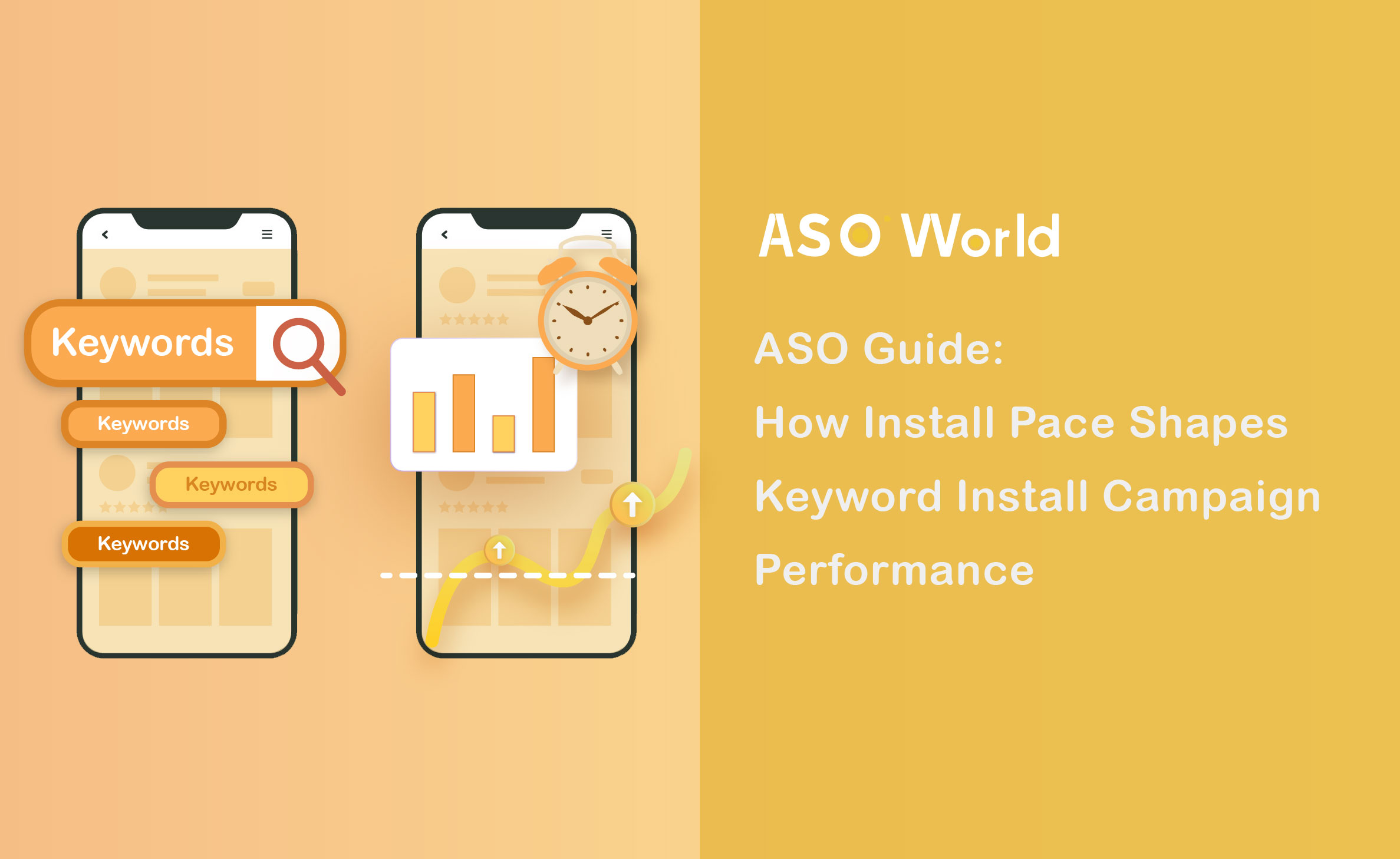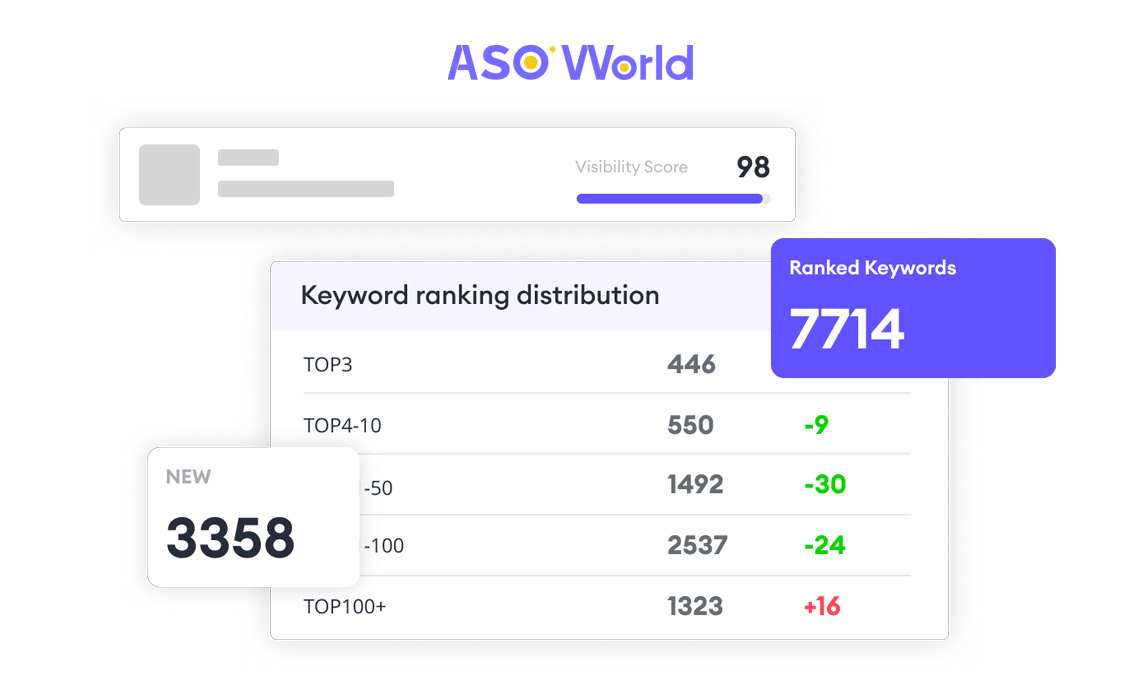






A quick scene: imagine two apps both buy 3,000 keyword installs. One gets them all in 48 hours and celebrates a Top-20 lift for two days. The other spreads those installs across three weeks and keeps a Top-20 spot for months. Same volume, very different outcome.
That difference is install pace — how you distribute installs over time — and it's often the single biggest lever for turning short-lived spikes into durable rank gains.
This guide explains why pacing matters, the risks of the wrong tempo, and practical pacing plans you can implement today to make keyword-install campaigns more natural, cost-efficient, and sustainable.
App stores judge more than totals. Algorithms and anti-fraud systems observe patterns: sudden, extreme spikes look unnatural; steady, sensible growth looks like real user interest.
Key points:
In short: pacing is the difference between a transient hit and a ranking that sticks.

Unnatural spikes — trigger flags, reviews, or algorithmic downgrades.
Temporary wins — a fast climb with no follow-on installs often ends in a fast decline.
Wasted budget — spending heavily in a burst can be less cost-effective than a steady plan that sustains rank.
Missed learning opportunities — erratic pacing makes it hard to attribute rank changes to install volume vs creative, metadata or seasonal effects.
Each model is written as a short narrative, followed by a compact example and a focused Expert Tip so you can run faster.
For brand-new apps or keywords with no history, start small and increase installs gradually over the first 5–10 days. The goal is to simulate an organic adoption curve so the store treats growth as genuine.
Example schedule:
|
Day |
Planned installs |
|
1 |
20 |
|
3 |
40 |
|
5 |
60 |
|
7 |
80 |
Expert Tip: Tie each growth step to a KPI checkpoint (e.g., Day 7 conversion rate). If conversion falls below expectation, pause increases and test metadata/creative before more volume.
👉 Related reading >>> How to Conduct Keyword Research & Increase App Visibility at ASOWorld?
Click the image above to try the keyword research tool for free.
When you already occupy a high rank and want to keep it, consistency beats volatility. Deliver a regular daily volume that mirrors ongoing organic interest.
Mini example: 100 installs/day for 10–14 days with the same weekday/weekend profile each week.
Expert Tip: Replicate natural weekly patterns — many apps see lower organic traffic on Mondays and peaks on weekends. Match that curve rather than a flat line for better algorithmic plausibility.
Use pulses when you need quick visibility — e.g., to capitalize on a PR moment, sale, or competitor weakness. Maintain a credible baseline and introduce limited, planned spikes.
Pattern example: Baseline 150/day + weekend pulses of +300 installs.
Expert Tip: Always pair pulses with a real-world event (promo, feature release) recorded in your campaign notes so the pattern has contextual justification if inspected.
Combine approaches across keywords: gradual growth for new terms, stability for core keywords, and pulses for high-priority competitive targets. Stagger pulses across keywords so activity appears diversified.
How it looks in practice: rotate a weekend pulse among three keywords rather than pushing all pulses on the same day.
Expert Tip: Maintain a rolling 14-day window in your schedule that shows where each keyword’s activity falls (growth/stable/pulse). That helps prevent unnatural co-spiking across multiple keywords.
👉 Related reading >>> How To Make Your Keyword Installs Campaigns Win The Best Performance?
Use these decision factors when designing your daily plan:
A mid-market shopping app used a 3-day slugfest (front-loaded installs) and saw a bounce to #7 for a week, then a crash. After switching to a hybrid plan (gradual growth for new keywords + weekend pulses for promo terms) they held a Top-10 position across core terms for a month and cut monthly keyword-spend by ~28% while improving retention metrics because traffic was better matched to intent.
Install pace is not a nicety — it's a strategic control that separates fleeting lifts from lasting ASO outcomes. By choosing the right pacing model, documenting activity in an editable schedule, and applying small, data-driven adjustments, teams can get more durable ranking wins and better ROI from keyword-install efforts.
If you'd like, ASOWorld can build a tailored pacing plan (including a shared schedule and a 14-day pilot) for your app and keywords. Contact us and we'll map the first month with measurable checkpoints.
Get a good start for your app optimization with practical ASO guideline!
Want to get the latest Guides & Insights from ASOWorld?
Related posts